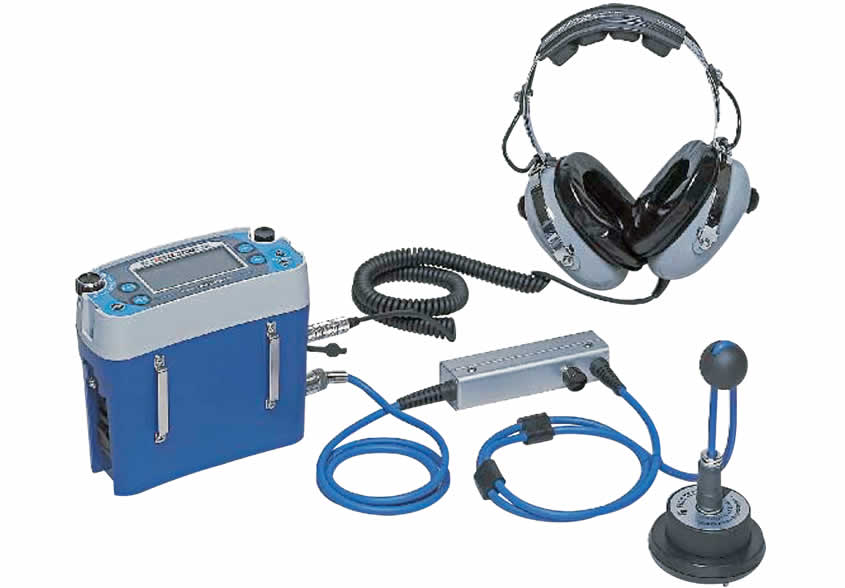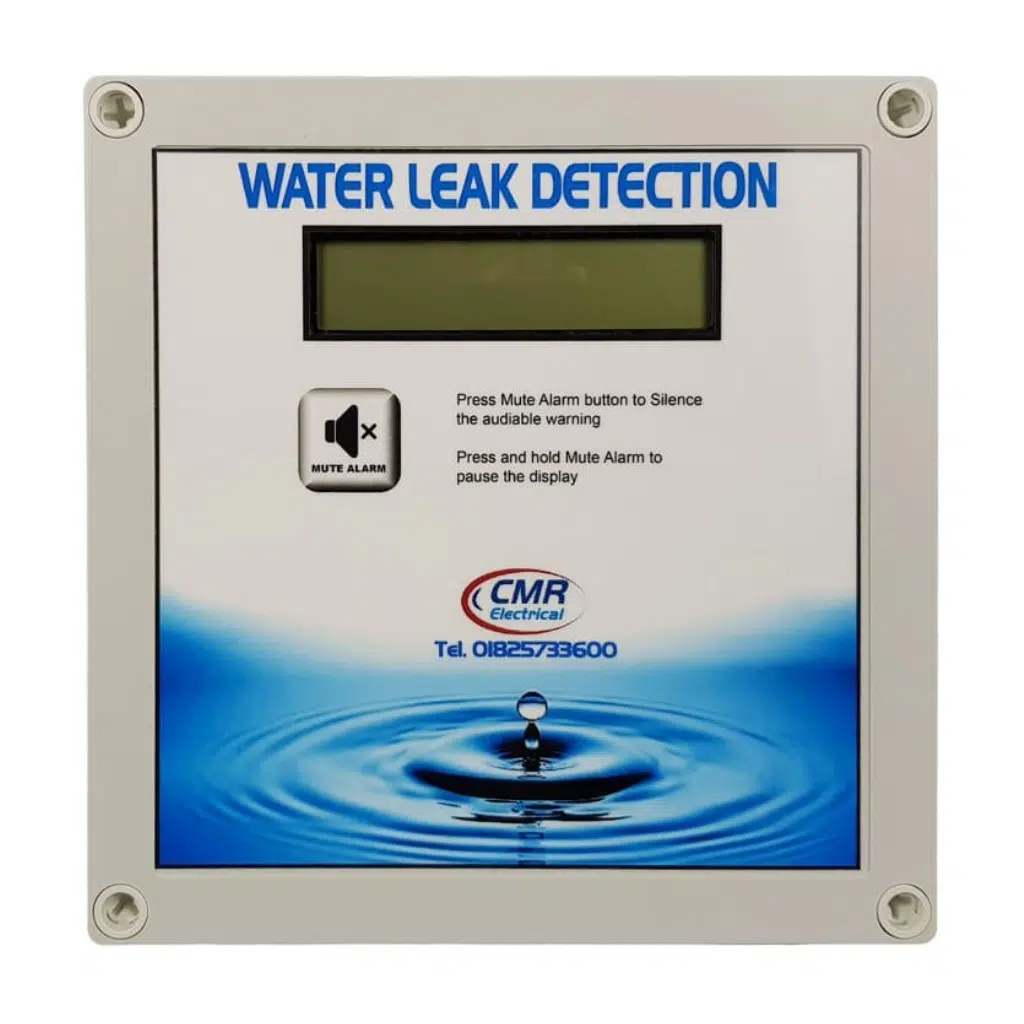Professional Water Leak Detection Services: Safeguard Your Home from Expensive Damage
Innovative Solutions for Very Early Discovery of Water Leakages in Structures and Framework
As the integrity of buildings and facilities is vital, the challenge of very early detection of water leakages has stimulated innovative services that guarantee to revolutionize the means we guard against possible problems. From cutting-edge leakage detection innovations to the deployment of IoT sensing units for real-time surveillance, the landscape of leak avoidance is evolving swiftly. Device understanding algorithms use a look right into the future of leakage prediction, while thermal imaging offers a non-intrusive approach for identifying concealed leakages. Automated water circulation evaluation systems are improving how leaks are identified and dealt with, paving the method for a proactive strategy to water leakage discovery. Each of these options holds the key to making certain the reliability and long life of our constructed environment, motivating a shift towards a much more sustainable and efficient future.
Advanced Leakage Detection Technologies
Advanced leakage discovery innovations, outfitted with cutting-edge sensing units and algorithms, play a crucial role in swiftly determining and determining water leaks in different setups. These modern technologies use a combination of acoustic, thermal, and electro-magnetic noticing approaches to spot leaks accurately. Acoustic sensors detect the noise of escaping water, enabling accurate localization of the leakage source. Thermal imaging finds temperature modifications caused by water leakage, providing an additional efficient technique for leakage identification. Electro-magnetic sensing units can identify modifications in electromagnetic areas brought on by water, using yet another layer of leak discovery ability.

IoT Sensors for Real-Time Tracking
In the world of modern-day water leak detection, the combination of IoT sensing units for real-time monitoring represents a pivotal development in boosting aggressive leakage detection capabilities. These sensors use continual surveillance of water supply, providing real-time data on water flow rates, pressure variations, and temperature changes. By leveraging IoT innovation, these sensors can find also the tiniest abnormalities in water use patterns, making it possible for very early recognition of possible leakages prior to they intensify right into significant concerns.
IoT sensing units transfer data to a centralized platform, where advanced algorithms analyze the info and generate alerts or notifications when abnormalities are detected. This real-time surveillance capacity enables homeowner or facility supervisors to without delay resolve leaks, decreasing water damages, minimizing repair prices, and preserving water sources.
Furthermore, IoT sensing units can be integrated with building management systems, permitting automated actions to identified leakages, such as shutting down water shutoffs or triggering pumps to reduce the impact of leakages. In general, the implementation of IoT sensing units for real-time tracking considerably boosts the efficiency and performance of water leakage detection in structures and infrastructure.
Artificial Intelligence Algorithms for Leak Forecast

One secret benefit of utilizing device learning for leakage prediction is its ability to continually discover and improve its precision over time. As even more data is accumulated and fed into the algorithm, it can fine-tune its predictions and adjust to altering conditions, inevitably boosting the reliability of leakage detection systems.
In addition, device learning formulas can help in identifying refined indications of leakages that may go undetected by conventional monitoring techniques. water leak detection. By analyzing complex information embed in real-time, these algorithms can provide early cautions and notifies, enabling prompt treatment and preventative maintenance to alleviate potential water damage and linked costs
Using Thermal Imaging for Leakage Detection
Thermal imaging innovation supplies a promising technique for spotting water leakages in numerous systems and infrastructures. By using infrared radiation and temperature level variances, thermal imaging video cameras can identify hidden leaks that are not conveniently visible to the nude eye. When water leaves from pipelines or frameworks, it frequently alters the temperature level of the bordering location, creating temperature differentials that thermal cams can record. These temperature level irregularities are then translated into visible pictures, highlighting the precise area of the leakage.
One of the essential advantages of thermal imaging for leakage detection is its non-intrusive nature. On the whole, the use of thermal imaging technology boosts the efficiency and precision of water leak discovery, making it a useful tool for keeping the stability of structures and facilities.
Automated Water Circulation Analysis Systems
Exactly how can automated water circulation analysis systems change the continue reading this detection and monitoring of leaks in numerous systems and infrastructures? Automated water flow evaluation systems provide an aggressive method to leakage detection by constantly keeping an eye on water circulation rates and patterns. By developing baseline information, these systems can quickly determine inconsistencies that may suggest a leakage, enabling punctual intervention to stop comprehensive damages.
These systems make use of advanced formulas to assess real-time data and supply instant notifies when anomalies are discovered, permitting speedy action to be taken. In addition, automatic water circulation evaluation systems can be incorporated with structure management systems or IoT platforms, improving total efficiency and making it possible for remote surveillance capabilities.
Moreover, the information gathered by these systems can be utilized for predictive maintenance functions, assisting to recognize possible weak factors in the framework prior to leakages happen. In general, the application of automated water flow analysis systems can substantially boost leak discovery and monitoring methods, inevitably causing cost savings, reduced water wastefulness, and boosted sustainability in buildings and infrastructure.

Conclusion
To conclude, the combination of innovative leakage discovery modern technologies, IoT sensing units, equipment learning formulas, thermal imaging, and computerized water circulation evaluation systems supplies cutting-edge solutions for very early discovery of water leakages in structures and facilities. These technologies enable real-time monitoring, prediction of leakages, and reliable discovery techniques to stop water damage and waste. Carrying out these remedies can help in preserving the integrity and sustainability of water systems in various setups.